Please note: In October 2020, we updated the DXOMARK Camera test protocol. Version 4 now includes image preview tests and a wide range of new test scenes as part of our new trustability evaluation which measures the camera’s ability to deliver consistent still image and video quality across all shooting scenarios. We have retested this device using the new version 4 of the test protocol and produced this completely updated review. For more information, please see our article about preview, trustability and other version 4 updates of the DXOMARK Camera test protocol.
Launched in April 2020, the OnePlus 8 Pro is a top-end smartphone featuring a 6.7-inch “fluid” AMOLED QHD display, aluminum frame and gorilla glass build, and super-fast Snapdragon 865 chipset. Challenging Samsung, Apple, and Huawei for flagship market share, OnePlus hasn’t compromised on cameras, either, with standard wide, ultra-wide, and telephoto lenses, as well as the addition of an unusual near-infrared sensor that OnePlus refers to as a “color filter camera.”
The standard-wide features a 48 MP 1/1.43-inch sensor with pixel-binning down to 12 MP, coupled to a 25 mm-equivalent f/1.8-aperture lens with omnidirectional phase-detection autofocus (PDAF) and laser autofocus, as well as optical image stabilization (OIS). OnePlus has overhauled the ultra-wide camera on the 8 Pro, which is now built around a similar 48 MP (12 MP output) sensor to that of the standard-wide camera, but linked to a 14 mm-equivalent f/2.2-aperture lens with upgraded PDAF. The tele-camera includes a standard-array 8MP sensor and a f/2.4-aperture 3x optical zoom lens with PDAF and OIS. Finally, the new color filter camera offers a 5MP resolution and f/2.4-aperture lens for simulated infrared or color filter effects. Our testing protocol doesn’t address image quality from this type of camera, however, so its performance doesn’t have any impact on the OnePlus 8 Pro’s DXOMARK Camera score.
For video, the OnePlus 8 Pro shoots 4K footage at either 60 or 30 frames per second, with an additional 240 fps mode for slow motion capture when you drop the resolution to 1080p. Video features also include Auto HDR for improved dynamic range in high-contrast lighting, and gyroscope-enabled electronic image stabilization (gyro-EIS) for correcting unwanted motion effects in your video files.
Read on to find out how the OnePlus 8 Pro performed under the brand-new version 4 of the DXOMARK Camera test protocol.
Update summary
Scoring Sub-scores and attributes included in the calculations of the global score. Use cases & Conditions Use case scores indicate the product performance in specific situations. They are not included in the overall score calculations. Photos & videos shot in bright light conditions (≥1000 lux) Photos & videos shot in good lighting conditions (≥100lux) Photos & videos shot in low lighting conditions (<100 lux) Portrait and group photo & videos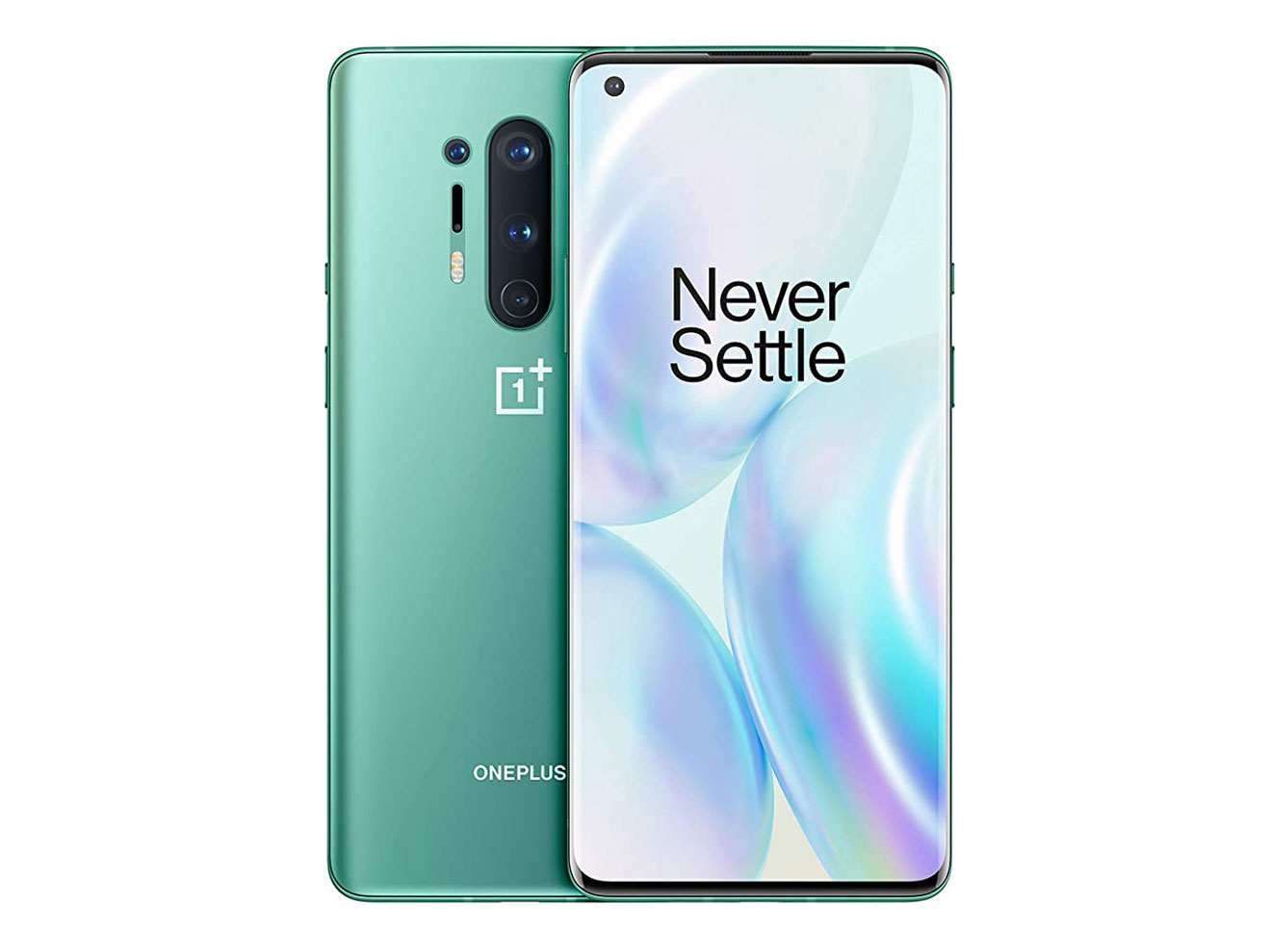
OnePlus 8 Pro
Outdoor
Indoor
Lowlight
Friends & Family
With a DXOMARK Camera overall score of 118, the OnePlus 8 Pro is some ways away from the flagships of some competing brands in our ranking, but still makes it into the top 20. The OnePlus 8 Pro achieves 120 points in the Photo category in our latest round of testing, delivering nice target exposures outdoors and indoors. Dynamic range is a little limited and backlit portraits tend to be underexposed, though. Images are also slightly underexposed in low light and our testers observed some variations in exposure in all test conditions. Color is better outdoors, with mostly accurate rendering aside from a slight greenish yellow white balance cast, but colors are less successful indoors and in low light, with stronger color casts and lower levels of saturation.
Texture is broadly acceptable, although fine detail is lost in all conditions. Outdoors, noise is well controlled, but it’s quite visible in indoor images, and strong noise is often evident in low-light images. In our night analysis, flash performance is good with nice detail and well-controlled noise on faces, but when the flash doesn’t fire, portraits tend to be noticeably underexposed and detail is low in low-light cityscapes. Autofocus behaves well in bright light, with images always in sharp focus. Autofocus is fast in well-balanced bright light, but response times are slower in high-contrast conditions, and both autofocus speed and accuracy are reduced in low light.
In portrait mode, our testers also observed activation errors in bokeh rendering. When the effect is applied, depth estimation is accurate and the depth-of-field effect is pleasant, with a satisfying blur intensity, but exposure instabilities are common, with noticeable variations in brightness across consecutive images.
The Zoom score of 71 leaves quite a gap between the OnePlus and the best devices in this category. Exposure could be better when using the tele-lens, with limited dynamic range and underexposed portraits at all zoom magnifications. Color remains good and detail acceptable in all zoom shots, but noise is often visible, and autofocus instabilities occur at medium and long range, with the OnePlus 8 Pro often not locking onto the right target.
We measured the ultra-wide lens on the OnePlus 8 Pro as 16 mm after distortion correction, which is a slightly limited field of view compared to our top performers in this category. For the most part, though, the ultra-wide delivers nice image quality, with mainly accurate exposure, pleasant color rendering, and well-preserved detail. We sometimes observed artifacts such as ringing and color fringing, and dynamic range is limited, with some shadow clipping evident in high-contrast conditions, but nothing overly problematic using the ultra-wide.
The 8 Pro scores 106 for Video. Shooting video, target exposure is good outdoors, but again dynamic range is limited in high-contrast conditions, with clipping often visible. Detail in the OnePlus 8 Pro’s 4K footage is generally satisfactory, but not quite up there with the best devices we’ve tested. Autofocus instabilities similar to those we observed with stills persist when shooting video, with the wrong autofocus target sometimes selected both in indoor and outdoor conditions. EIS stabilization works well, though, with effective correction against unwanted motion effects in videos captured while walking.
In low light, video exposure are quite low, with details frequently lost in dark areas, and low-light videos that include people are usually very underexposed. Noise is also very visible in low light, and both exposure and white balance adaptation issues are common under changing lighting conditions.
Preview
In general, the OnePlus 8 Pro performs quite well in our analysis of preview image quality images and often what you see on screen while composing is similar to the final image. Some highlight clipping occurs in preview when framing scenes with high dynamic range, however, and hue shifts are often visible in this condition, too. The device behaves quite well for exposure and color in more balanced outdoor and indoor lighting, but is less successful in very low light, where the preview image is often noticeably underexposed. Noise and texture rendering is consistent in all tested conditions.
Bokeh simulation in the OnePlus 8 Pros preview isn’t as accurate when shooting in portrait mode, however. In preview, significant depth estimation artifacts are usually visible around the subject and blur intensity looks strong, while in the final rendering, subject masking is improved and background blur is less intense.
OnePlus 8 Pro camera review (originally published April 14, 2020)
Launched in April 2020, the OnePlus 8 Pro is the latest top-end smartphone from Chinese manufacturer OnePlus. Its large 6.7-inch “fluid” AMOLED QHD display, aluminum frame and gorilla glass build, and super-fast Snapdragon 865 chipset place it squarely among top-tier devices for 2020. Challenging Samsung, Apple, and Huawei for flagship market share, OnePlus hasn’t compromised on cameras, either, with standard wide, ultra-wide, and telephoto lenses, as well as the addition of an unusual near-infrared sensor that OnePlus refers to as a “color filter camera.”
The configuration of the primary and tele-cameras is broadly similar to last year’s OnePlus 7 Pro, but OnePlus has overhauled the ultra-wide camera on the 8 Pro. Featuring a new 48MP Quad-Bayer sensor (12MP output), its new ultra-wide shooter also comes equipped with a slightly wider 14mm f/2.2-aperture lens with upgraded PDAF autofocus.
The primary camera remains a 48MP sensor with pixel-binning down to 12MP. The OnePlus 8 Pro’s primary sensor is physically larger at 1/1.43-inch compared to the OnePlus 7 Pro, however. The 25mm-equivalent f/1.8-aperture lens comes with omnidirectional PDAF and laser autofocus as well as optical image stabilization (OIS).
On paper, the OnePlus 8 Pro’s tele-camera looks identical to its predecessor, with an 8MP-resolution sensor and 3x optical zoom lens, and boasting a f/2.4-aperture lens, PDAF autofocus, and OIS. Finally, the new color filter camera offers a 5MP resolution and f/2.4-aperture lens for simulated infrared or color filter effects. Our testing protocol doesn’t address image quality from this type of camera, however, so its performance doesn’t have any impact on the OnePlus 8 Pro’s DXOMARK Camera score.
For video, the OnePlus 8 Pro shoots 4K footage at either 60 or 30 frames per second, with an additional 240fps mode for super slow-mo capture when you drop the resolution to 1080p. Video features also include Auto HDR for improved dynamic range in high-contrast lighting, and gyroscope-enabled electronic image stabilization (gyro-EIS) to correct unwanted motion effects in your video files.
Key camera specifications:
- Primary: 48MP 1/1.43-inch Quad-Bayer sensor (12MP output), 25mm-equivalent f/1.8-aperture lens with omnidirectional PDAF/Laser AF and OIS
- Telephoto: 8MP sensor with 1.0µm pixels, f/2.4 3x optical zoom lens with PDAF and OIS
- Ultra-wide: 48MP 1/2.0-inch sensor with 0.8µm pixels, 14mm-equivalent f/2.2-aperture lens with PDAF
- Color filter camera: 5MP sensor with f/2.4-aperture lens
- Dual-LED flash
- Video: 4K 2160p/60fps (2160p/30fps tested)
About DXOMARK Camera tests: For scoring and analysis in our smartphone camera reviews, DXOMARK engineers capture and evaluate over 1600 test images and more than 2 hours of video both in controlled lab environments and in natural indoor and outdoor scenes, using the camera’s default settings. This article is designed to highlight the most important results of our testing. For more information about the DXOMARK Camera test protocol, click here. More details on how we score smartphone cameras are available here.
Test summary
Achieving an overall DXOMARK Camera score of 119 points, the OnePlus 8 Pro is a solid choice for smartphone photography enthusiasts and pinches the number 10 spot in our rankings from the Samsung Galaxy S20+. While the 8 Pro represents only a modest improvement over its predecessor (the OnePlus 7 Pro at 114 points), the Chinese manufacturer’s latest flagship continues to nail the basics, with no serious weaknesses.
With a very good Photo score of 126 points, its primary camera delivers very close to the best results for exposure and color. Detail is also good in static scenes, noise is low in most conditions, and autofocus is generally accurate. There are a few obvious artifacts, with ghosting on moving subjects and strong flare in some images, but the main camera is a solid and reliable performer overall.
While the OnePlus 8 Pro’s ultra-wide and zoom cameras are more than competent for shooting at various focal lengths, they don’t quite deliver the top-class performance of devices at the summit of our rankings. The field of view from its ultra-wide camera isn’t quite as wide as such alternatives as the Samsung S20+, and slight exposure inconsistencies make the results a little hit and miss. Good color and texture are the ultra-wide camera’s main strengths, but noise is often visible and some over-correction for geometric distortion produces an unusual effect on subjects positioned towards the edges of the frame.
Similarly, its zoom capabilities are more than acceptable, without ever hitting the heights of the very best tele-cam devices. Exposure and color are generally very good, and at medium range detail is good, if not outstanding. Noise is often evident at medium range, however, and when the magnification is pushed further, softer detail, as well as increased artifacts and noise, start to become slightly problematic.
The same middling performance bears out in our analysis of both bokeh and night shots from the OnePlus 8 Pro. Its Portrait mode produces a strong depth-of-field effect with a natural blur gradient, and outdoor bokeh shots are generally very nice, with pleasant exposure and color. Unfortunately, slight depth estimation errors are often visible and some exposure inconsistencies both indoors and in low light affected its final bokeh score.
The OnePlus 8 Pro’s flash produced reasonably well-exposed portraits with nice skin tones and good detail in our series of night photography tests. Dynamic range is slightly limited, though, so backgrounds are often very dark in flash-lit portraits. Without flash, exposure in cityscapes is also quite low, especially in very dark scenes; and although detail can be good and noise is reasonably well controlled, slight focus failures and ghosting on moving subjects means that night shots often lack definition.
Tested and scored at its 4K/30fps setting (which offers the best results), the OnePlus 8 Pro achieves an excellent overall Video score of 103 points, which puts it in the top 5 devices we’ve tested for moving images. With no real weaknesses it’s a stable and reliable device for smartphone videographers; and with its new top scores for video exposure and color, you can be assured of bright and punchy videos in most conditions. Exposure and color adaptation are quick and smooth, stabilization is very effective on handheld videos, and excellent autofocus avoids any serious hunting or overshoots to keep subjects sharp while tracking. Broadly speaking, detail and noise are among the best we’ve seen in videos, too, and there are no unsightly artifacts that negatively affect video quality.
Photo scores explained
The OnePlus 8 Pro achieves a very good Photo score of 126, but remains a few points behind the top performers for stills. The camera delivered very good results from the main camera but had slightly underwhelming results in our zoom, ultra-wide, night, and bokeh tests. In this section, we take a closer look at how each sub-score was determined and compare its image quality against some key competitors.

Exposure and Contrast
OnePlus 8 Pro
97
111
The OnePlus 8 Pro achieves close to the top score for exposure and contrast, thanks to generally accurate exposure, high contrast, and good dynamic range. Tested in the lab, target exposures are very bright in all lighting conditions down to low light (20 lux), and although shots in extreme low light are slightly underexposed, shots remain usable.
In our perceptual analysis, the OnePlus 8 Pro achieved a very high score for outdoor images. It’s not quite the best for dynamic range in very challenging high-contrast or backlit scenes, with some minor highlight clipping visible, but it recovers shadows well. You can see in this example that our top performer, the P40 Pro, captures slightly more highlight detail on the bright sunlit wall, but the OnePlus 8 Pro displays wider dynamic range compared to the iPhone 11 Pro Max.
It’s a similar story indoors, with the OnePlus Pro generally providing accurate target exposures in our perceptual analysis. In our challenging backlit portrait test, target exposure was slightly low and the brightest highlights in the sky were blown out, but the result was acceptable overall. In this indoor scene, the OnePlus 8 Pro again sits in between the P40 Pro and iPhone 11 Pro Max for exposure performance. Both target exposure and dynamic range are acceptable, and an improvement over the Apple device, but the P40 Pro is able to provide both a brighter exposure inside, as well as preserving more highlight detail outside.

Color
OnePlus 8 Pro
88
107
Color is a nice strength for the OnePlus 8 Pro, with generally nice rendering, accurate white balance, and consistent results putting it in the same league as the best devices we’ve tested. Colors are vivid and pleasant in all lighting conditions, although reds are sometimes a little oversaturated. This can can look striking in some landscape or architectural shots, as in the example below, but can also lead to slightly unnatural skin tone rendering in some instances.
In many examples the OnePlus 8 Pro has some of the most neutral white balance we’ve seen. Color casts are sometimes slightly visible in challenging scenes, but generally the OnePlus 8 Pro controls white balance at least as well, and often better, than the top-tier devices in our database.

Autofocus
OnePlus 8 Pro
97
109
Autofocus on the OnePlus 8 Pro is very fast, but some small inconsistencies in sharpness means it’s not quite as good as the very best devices. Although none of our lab or natural scene test shots were seriously out of focus, our testers did observe differences in sharpness under certain conditions.
In our benchmark lab testing where we defocus the device between shots and leave a short (500ms) or long (2000ms) delay before requesting focus, the OnePlus 8 Pro instantaneously snapped sharp images every time. In our short delay (500ms) test in low light (20 lux) conditions, the level of measured acutance varied between 85% and 100%, as you can see from the orange dots in the chart below. In comparison, the Find X2 Pro, P40 Pro, and iPhone 11 Pro Max were a little more reliable. Consistency does improve on the OnePlus 8 Pro when leaving a longer 2000ms delay between shots in low light, however, where it’s fast, accurate, and reliable.

Texture
OnePlus 8 Pro
81
111

Noise
OnePlus 8 Pro
76
102
The OnePlus 8 Pro’s Quad-Bayer sensor processing delivers a pretty good texture-versus-noise trade off, but again it’s just a little behind our best performers for these attributes. Detail on static subjects is good in all lighting conditions in our lab measurements, and the OnePlus 8 Pro records high acutance of around 80%, which is comparable to the top performers. It’s not quite as good on scenes with some subject movement, however. While the device is able to maintain acceptable sharpness on moving subjects under good indoor or outdoor lighting, detail tails off noticeably in lower-light shots between 1 and 20 lux due to fairly long exposure times.
In our perceptual analysis of outdoor images, the level of detail is high. You can see in this example, however, that slightly aggressive sharpening can make fine details look a little unnatural. While fine facial details are clearly sharper on the OnePlus 8 Pro compared to the iPhone 11 Pro Max, the Find X2 Pro is able to achieve very good detail while not over-enhancing texture on the skin.
Similarly, the OnePlus 8 Pro plows a middle ground for noise reduction between the top devices and the iPhone 11 Pro Max. There’s not much between them in our lab measurements under simulated indoor and outdoor lighting conditions, but that slightly aggressive sharpening means that noise is a little more prevalent on the OnePlus 8 Pro. In low light, the P40 Pro remains the device to beat thanks to its extremely effective noise reduction. The OnePlus 8 Pro isn’t bad, however, and displays less visual noise compared to the flagship Apple device.
In the example of low artificial lighting below, the OnePlus 8 Pro again displays good detail preservation, albeit slightly unnatural-looking. At close inspection, detail from the P40 Pro isn’t far behind, but has the advantage of more natural rendering and less visible noise. Detail is noticeably lower and noise is more prevalent noise in the iPhone example.

Artifacts
OnePlus 8 Pro
75
77
The OnePlus 8 Pro doesn’t often display serious artifacts, but we applied a number of small penalties to its score. A loss of sharpness towards the corners of the frame is the most obvious, with some ghosting on moving subjects, aliasing, and moiré on high-frequency patterns, flare in strongly backlit images, and geometric distortion errors also observed. Although it occurs infrequently, flare in backlit images is often very obvious, with large light streaks running across the image. As previously mentioned, the long exposure times often results in strong blurring or ghosting on moving subjects in indoor or low-light shots, too.

Zoom
OnePlus 8 Pro
92
Zoom is an opportunity for improvement on the OnePlus 8 Pro, as although results are fairly good at all the magnifications we test, it doesn’t challenge the top performers. At close range (~2x magnification) the 8 Pro camera doesn’t appear to use the tele-lens, but digital zoom on the primary cam does a decent job, with high detail and resolution in indoor and outdoor shots, albeit slightly soft results in low light. When the 3x optical zoom lens does kick in, medium-range (~4x magnification) zoom shots are again good, but some ways behind the best zoom devices. The 8 Pro is best in bright light where it maintains detail reasonably well, but noise is also visible.
You can see in the medium-range example below that the P40 Pro and Find X2 Pro are able to achieve improved detail and edge definition, with less noise compared to the OnePlus 8 Pro. The Find X2 Pro is more defined in the center of the image, but suffers a weird loss of detail in the outer field, where the OnePlus and Huawei devices are able to maintain consistent sharpness across the frame.
What makes the P40 Pro unrivaled thus far in our zoom tests is its quality at long range. At approximately 8x magnification, detail noticeably drops off in the OnePlus 8 Pro shot, with both edge artifacts and noise increasing. The Find X2 Pro keeps noise and edges clean, but detail is softer compared to the P40 Pro, which really excels at the long distances.

Bokeh
OnePlus 8 Pro
60
80
Performance in Portrait mode is another area for improvement if OnePlus wants to challenge for a top spot in our database. While it does a reasonable job overall on bokeh shots, with a pleasant depth-of-field effect and nice shape to the spotlights, we did observe a few errors. Subject segmentation is pretty good, but small edge artifacts occurred more regularly compared to the best devices. In outdoor shots detail is also high, but resolution drops off in low light, and we experienced a few exposure inconsistencies as well. Target exposure is occasionally low in both indoor and outdoor examples, often leading to clipping in dark areas, and occasionally portraits were noticeably underexposed in bright or backlit scenes.
In this side-lit test scene, the OnePlus 8 Pro isn’t quite as good as the iPhone 11 Pro Max for exposure and color. It’s not far behind the iPhone, though, and is nicer than the P40 Pro, delivering slightly greater detail compared to these competitors. Although small, at close inspection you can see some rather jarring edge artifacts around the subject’s hand in the OnePlus 8 Pro example, which the Huawei and Apple devices are able to avoid.
On the plus side, noise is uniform across blurred and sharp areas in the OnePlus 8 Pro’s bokeh shots, and the effect is repeatable, with the camera delivering fairly consistent results each time. It also applies a natural gradient effect, with areas both in front and behind the subject blurred appropriately depending on their distance from the subject.

Wide
OnePlus 8 Pro
39
58
Overall, the ultra-wide camera on the OnePlus 8 Pro isn’t is one of the best we’ve tested, as we observed a number of errors and artifacts. Although listed as a 14mm lens, at its default ultra-wide setting we measured the field of view closer to 16mm after it applies distortion correction. That’s still wider than the P40 Pro at around 18mm, and although the OnePlus 8 Pro offers a decent wide-angle view, it’s not quite as encompassing as the latest Samsung flagships, which are closer to 14mm.
While color is generally nice in the OnePlus 8 Pro ultra-wide shots and exposures can be accurate, we did observe some exposure variations and repeatability issues with under- and overexposed shots, particularly in challenging high-contrast scenes. The level of texture is high, but noise is often visible in both outdoor and indoor images. Artifacts such as ghosting on moving subjects and color quantization are also often evident. In this example you can see color, exposure, and field of view are very acceptable and an improvement over the P40 Pro, but better dynamic range, more saturated color and a wider minimal focal length keep Samsung’s S20 Ultra at the top of the tree for ultra-wide performance.
The distortion and anamorphosis correction on the OnePlus 8 Pro also produces a slightly weird effect on subjects close to the edges of the frame. You can see in this example that although the face of the subject on the right edge is less stretched compared to the one in the iPhone shot, the OnePlus 8 Pro algorithm distorts the proportions so that his head appears smaller and his body larger.

Night
OnePlus 8 Pro
57
82
The OnePlus 8 Pro is somewhat off the pace in its night photography capabilities compared to the most effective “after dark” smartphones. In auto-flash mode, the flash triggers appropriately when a face is detected and although the flash exposure can be a little low, it generally provides enough illumination for a nice portrait, without any harsh overexposure.
Detail on portraits is good, but the red-eye effect is often visible when using flash, and dynamic range for recording ambient light is quite limited, resulting in both dark backgrounds and some highlight clipping. In low-light cityscapes the flash doesn’t fire and target exposure is pretty good, but it’s slightly low compared to the best nocturnal shooters, which often produce brighter and punchier images. Detail is also good in cityscapes, but at the expense of more noise, which is particularly noticeable in the outer field.
Turn the flash off and exposure is again slightly low in cityscapes, but images are very usable and highlights are reasonably well controlled. However, images can be slightly out of focus, with low detail, and images suffer from some exposure instabilities and often very strong noise in very dark scenes. In brighter artificial light conditions, however, exposures are mainly good on both portraits and backgrounds. Color is a little yellow under street lighting, but the OnePlus 8 Pro avoids very offensive color casts, and although detail is generally high on static subjects, ghosting on moving elements is again apparent.
Video scores explained
A device’s overall Video score is derived from its performance and results across a range of attributes in the same way as the Photo score. Tested in its 4K/30fps mode, the OnePlus 8 Pro achieved the following scores: Exposure (93), Color (94), Autofocus (94), Texture (77), Noise (79), Artifacts (83), and Stabilization (96). In this section, we take a closer look at the device’s strengths and weakness for video, with some comparisons against its key competitors.
Under benchmark testing in the lab, video target exposures on the OnePlus 8 Pro were very bright. Although videos get close to overexposed under certain simulated lighting conditions between 20 and 1000 lux, they stay just about within our limits for accurate exposure. In our perceptual analysis, we found these bright target exposures combined with high levels of contrast ensured very pleasing results, however, which helped the OnePlus 8 Pro achieve a new top score for video exposure.
Target exposures can also be low in very dark conditions, but this is a small exception to an otherwise excellent set of exposure measurements. The One Plus 8 Pro’s video exposure score was bolstered further thanks to its very wide dynamic range capabilities. Control of highlights is particularly good in high-contrast scenes, and exposure adaptation when transitioning between indoor and outdoor environments is both quicker and smoother compared to our previous top performer for video exposure, the iPhone 11 Pro Max. Exposure of the shadows in HDR scenes is a little low, but these darker areas also help boost the contrast in many examples.
Color response is another key strength for the OnePlus 8 Pro’s videos, where it again takes the top score. Colors are vivid with neutral white balance in most lighting conditions and saturation generally very high, ensuring vibrant color rendition in movies.
Texture and details are also very well preserved in the OnePlus 8 Pro’s 4K videos. In both indoor and outdoors conditions, results are comparable to top performers such as the P40 Pro and the Find X2 Pro. Even in very low-light conditions of just 5 lux, the OnePlus 8 Pro is able to maintain very high levels of acutance of just under 80%.
Noise is also extremely well controlled in the OnePlus 8 Pro’s video files, achieving high scores in our perceptual analysis of video quality in all lighting conditions, including very low light. Levels of spatial noise are very consistent between simulated low light (20 lux) and bright light (1000 lux) conditions in our lab analysis measurements, which although slightly higher than the top performers, remains very good. There is a slight issue with temporal noise, which is often visible in areas of uniform color such as a clear blue sky, and this reduced the device’s overall noise score a little. That could be important for certain video applications, but it isn’t an issue on detailed scenery or moving elements.
Autofocus is also a good strength for video on the One Plus 8 Pro, and our testers found it to be fast, accurate, and reliable in most conditions. In fact, it achieved a near-perfect score for autofocus reaction times, repeatability, tracking ,and stability. It’s not quite the smoothest we’ve tested, as focus shifts between subjects, and we observed slight instabilities when transitioning between very dark and very bright environments, but it’s still very good. We applied some penalty points for frame rate, judder, and aliasing artifacts, but ghosting, flickering, and fringing are well controlled, and globally there are no significant artifact problems.
The OnePlus 8 Pro stabilization system is also excellent, with particularly stable handheld videos with walking and panning actions in outdoor conditions, and good results indoors, too. Global motion is well controlled, frame shift errors are avoided, sharpness is consistent between frames, and videos remain stable during scene changes.
Conclusion
The OnePlus 8 Pro makes a confident stride into the flagship arena with a set of high-end phone and camera specs to challenge the main competitors. The tried and tested wide, ultra-wide, and telephoto lenses provide a range of shooting options, together with the new color filter camera adding something different to the market in 2020. By and large the OnePlus 8 Pro is a solid performer, too, with no serious weaknesses identified in our tests, and the primary camera is particularly good, thanks to excellent exposure and color, high detail, and well-controlled noise.
While its zoom and ultra-wide cameras are also very respectable, they don’t quite achieve the same level of consistent image quality that’s needed for a top-tier ranking in our database. The OnePlus 8 Pro does excel for video, however, securing new top scores for video exposure and color and a top 5 overall video ranking in our database. Put all that together and the OnePlus 8 Pro is an excellent choice for serious smartphone photographers.
Photo
Pros
- Good detail
- Low noise
- Accurate exposure
- Fast and reliable autofocus
- Nice color and detail in ultra-wide shots
- High detail and low noise using flash
Cons
- Slight white balance casts outdoors
- Minor highlight clipping in challenging scenes
- Fringing and ringing artifacts in ultra-wide shots
- Slight underexposure and noise in night shots
Video
Pros
- Bright target exposure and wide dynamic range
- Accurate and pleasant color
- Effective stabilization
- Well-preserved detail
Cons
- Slight autofocus instabilities
- Visible temporal noise
- Aliasing and moiré visible in highlights
- Shadow exposure slightly low in HDR scenes








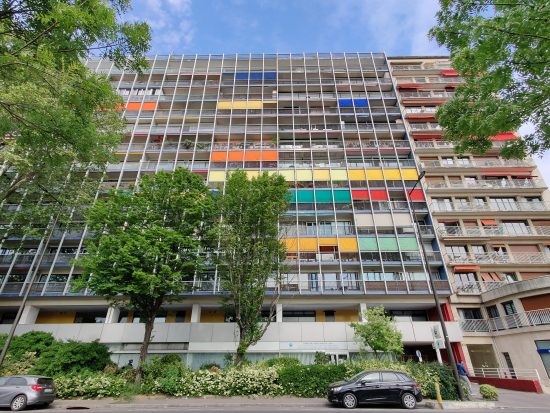
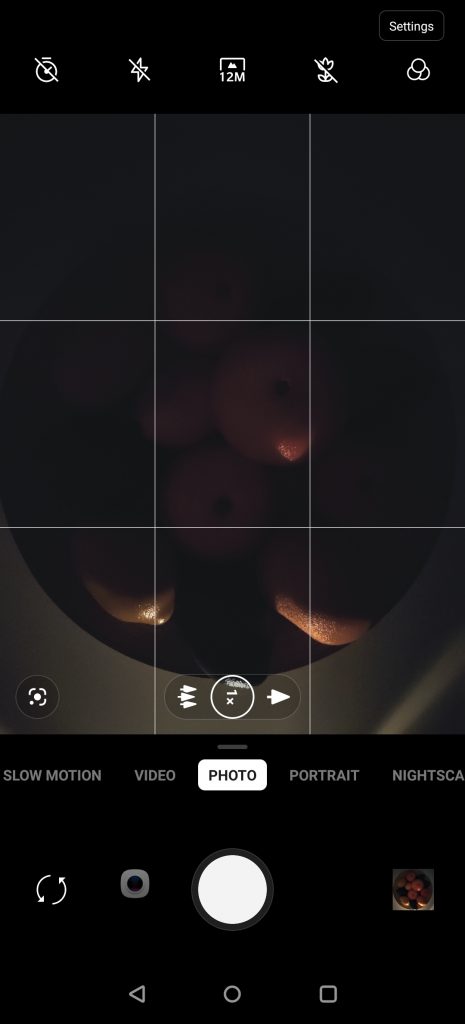
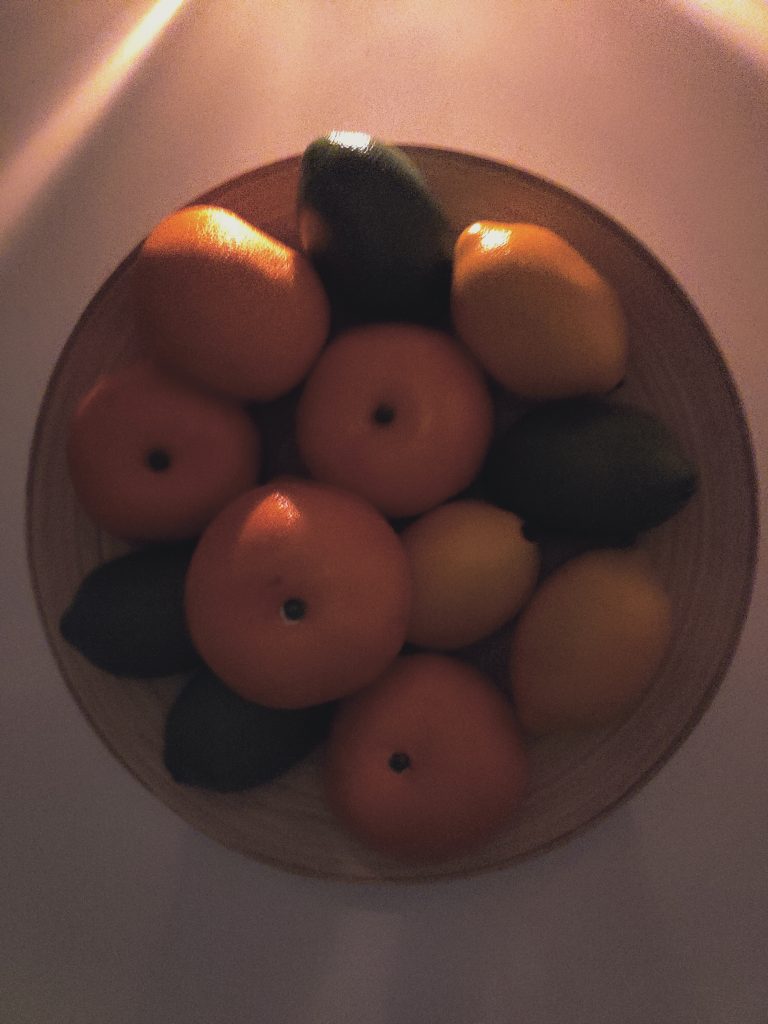
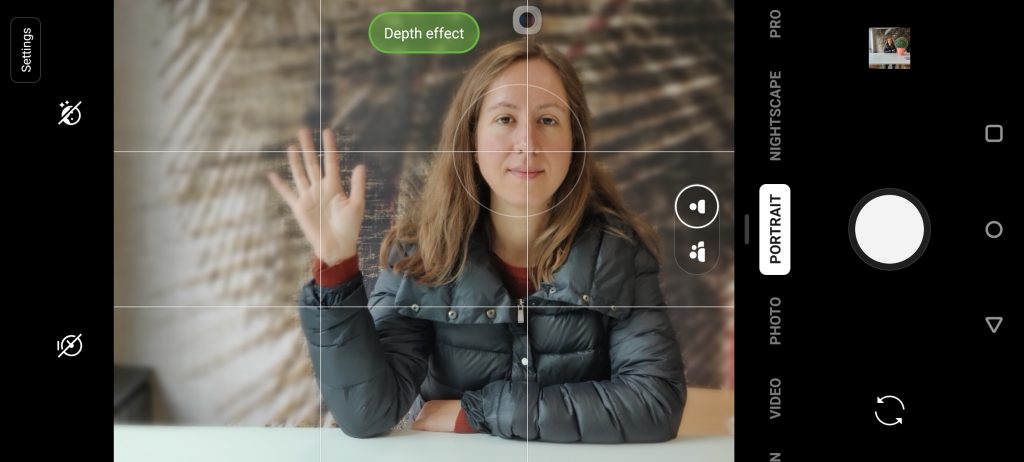

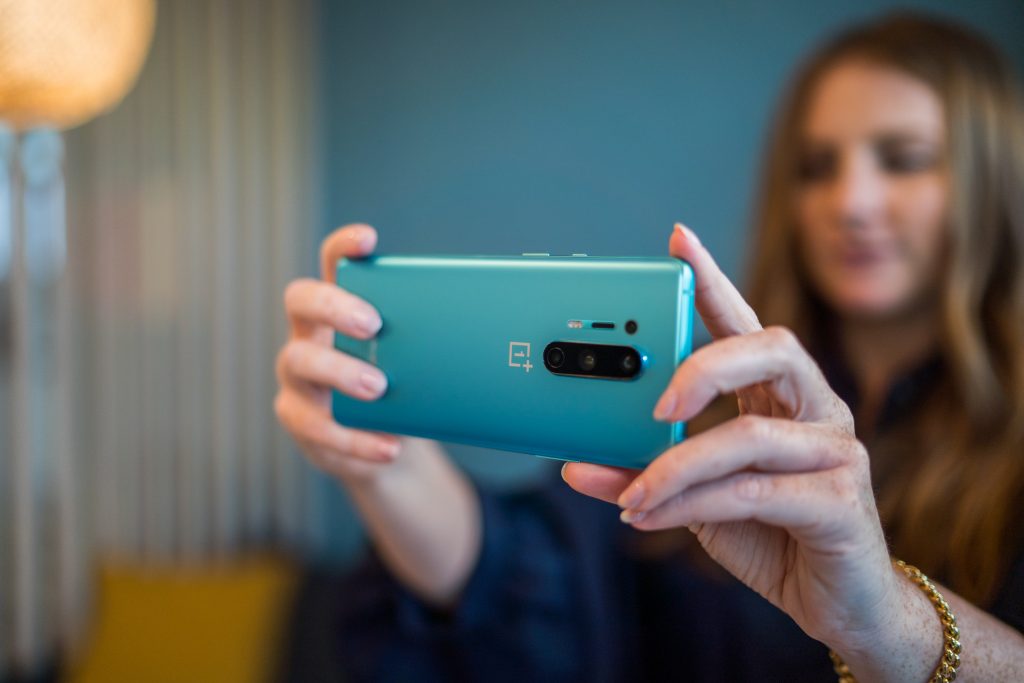


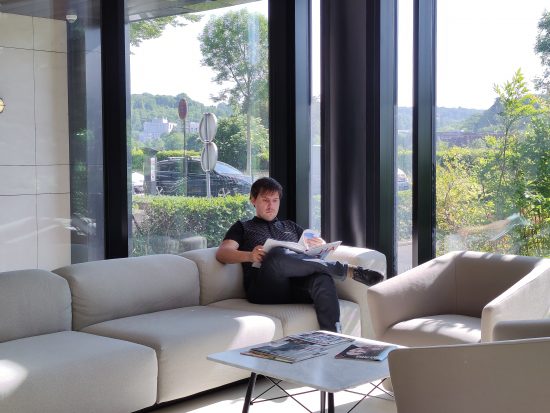

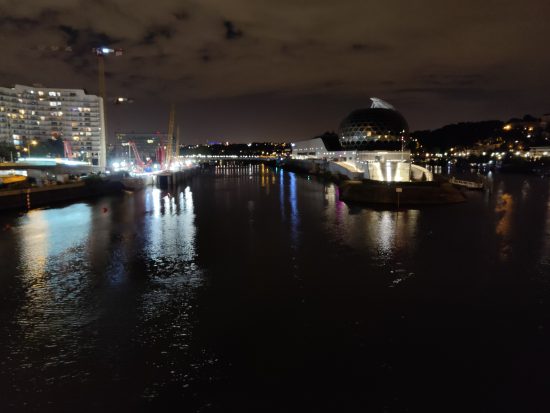
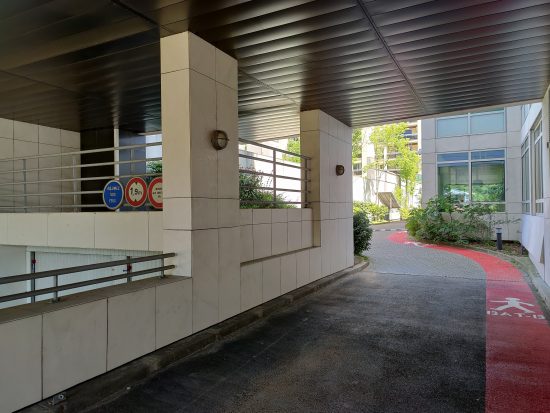
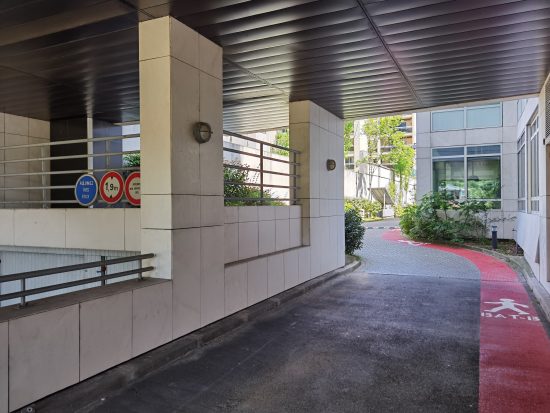
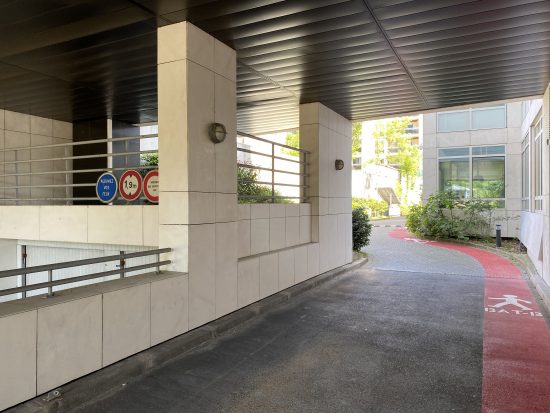
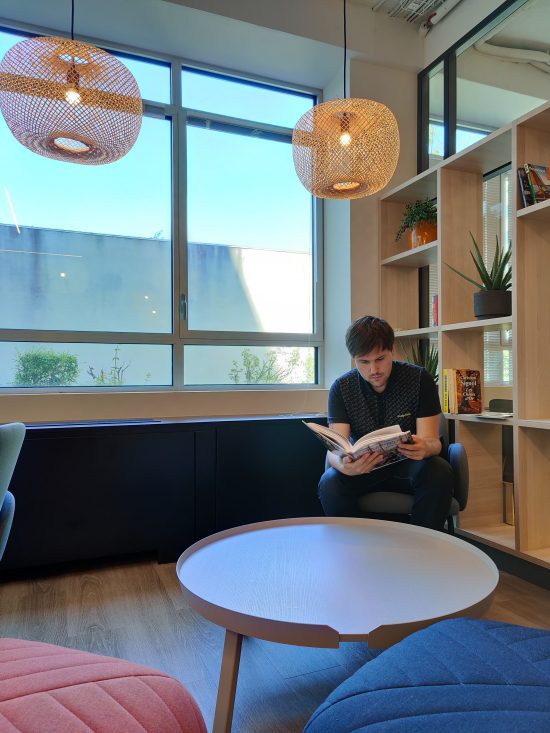
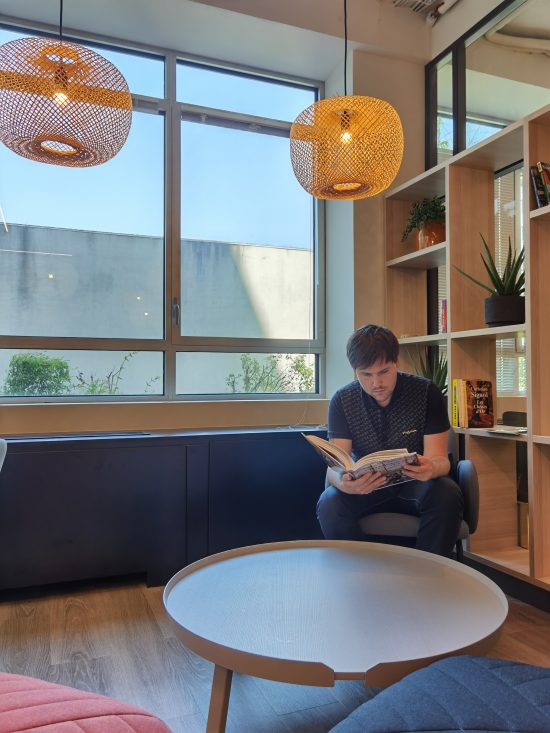
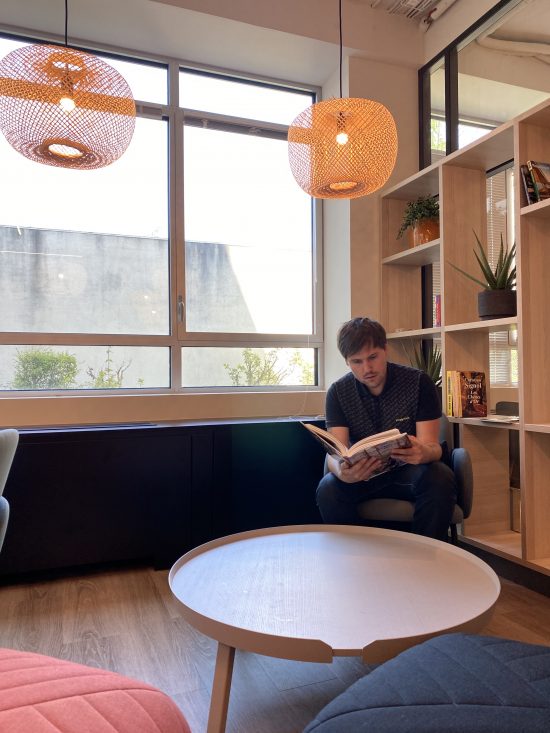
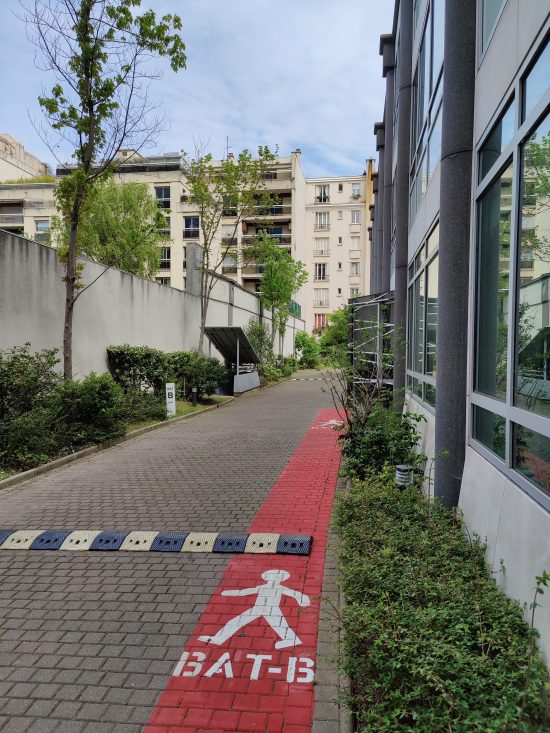
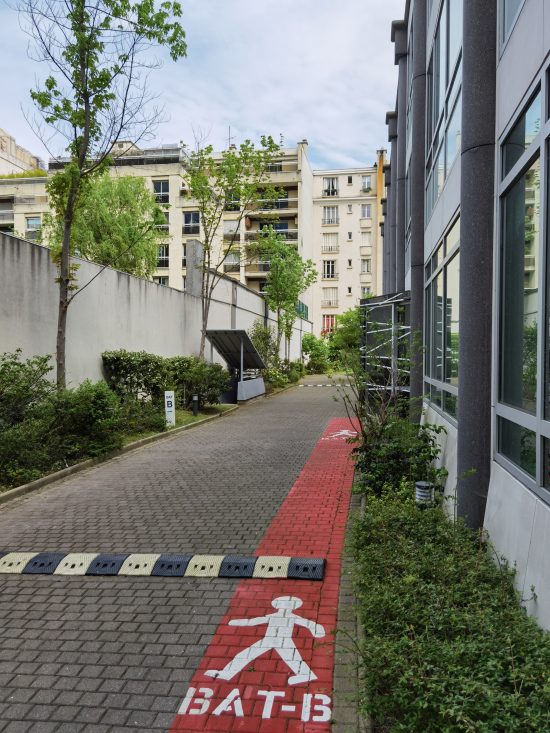
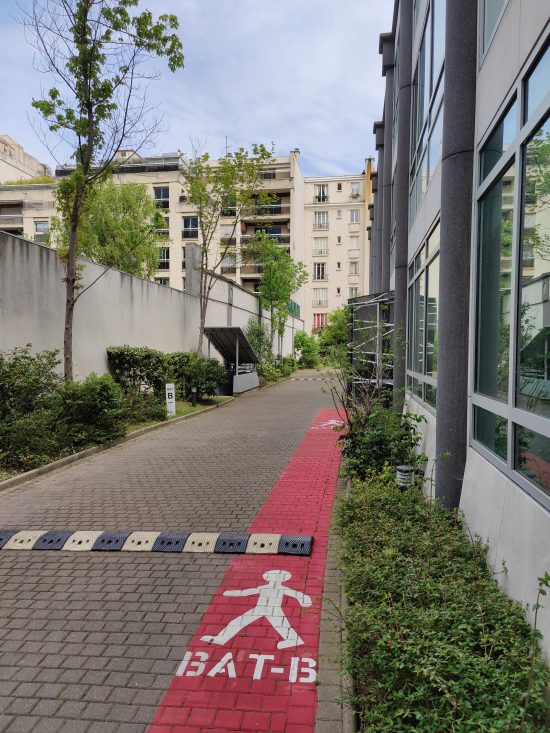



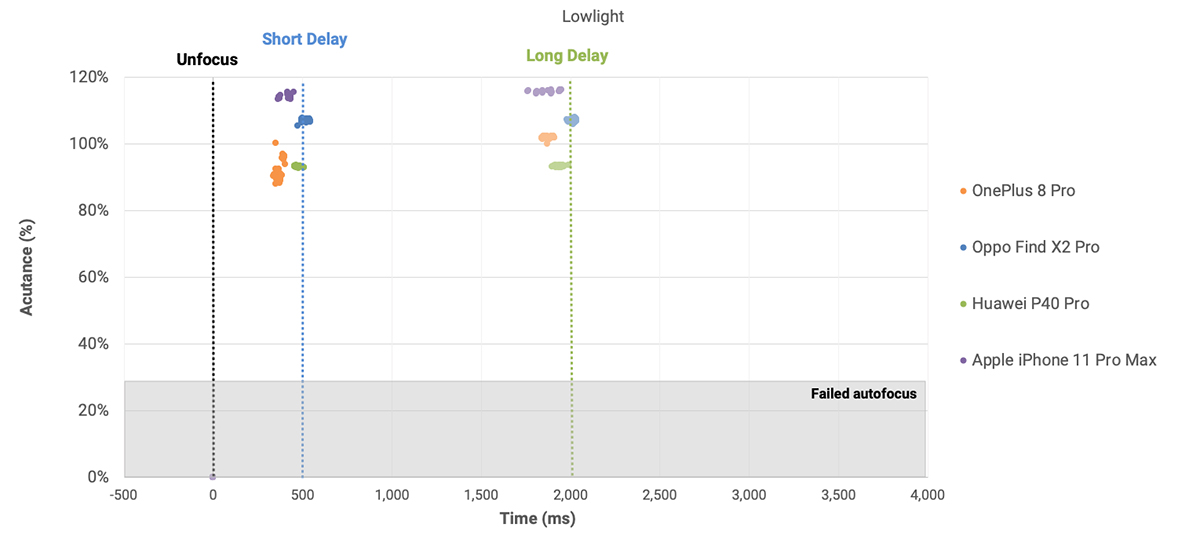
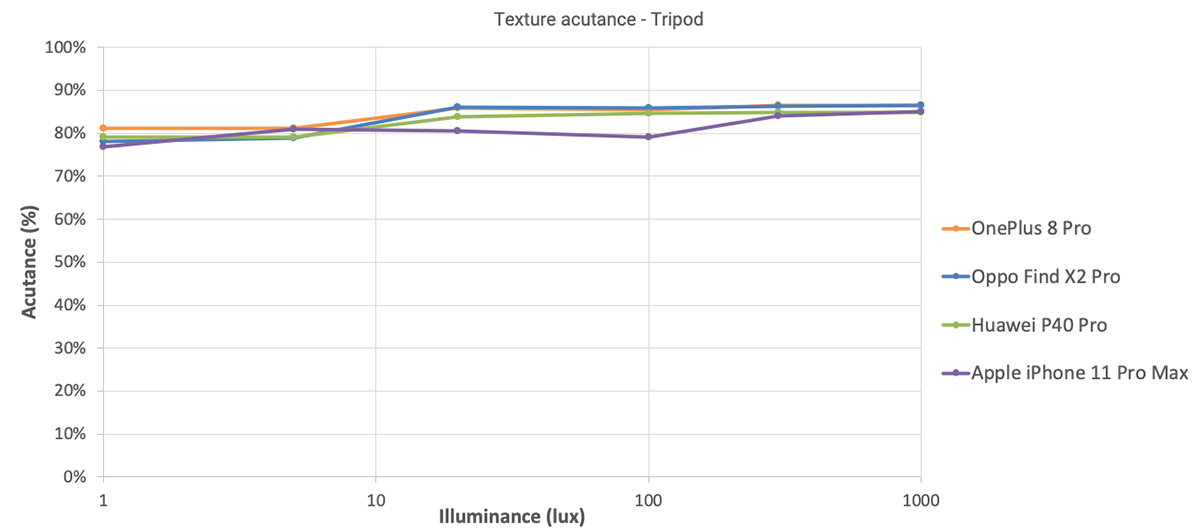



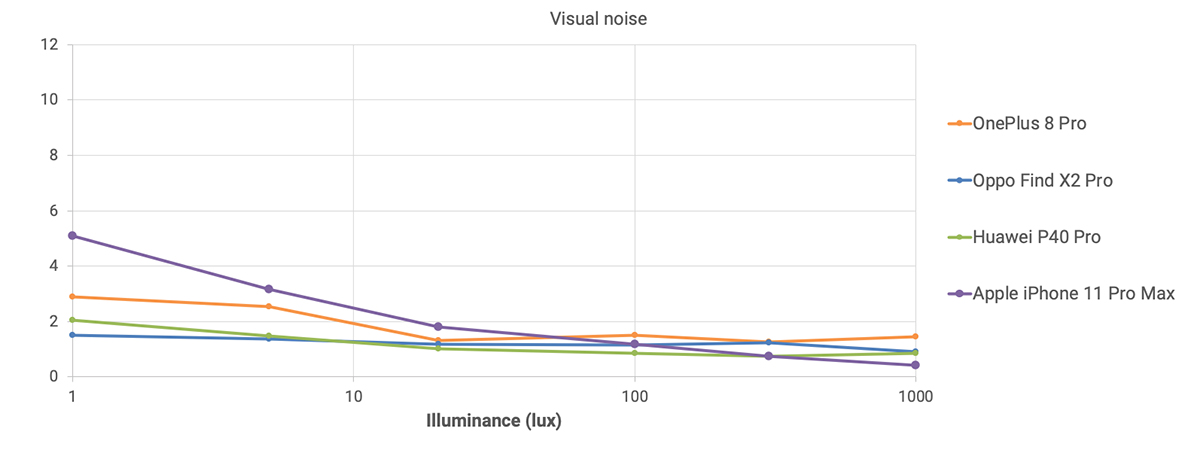



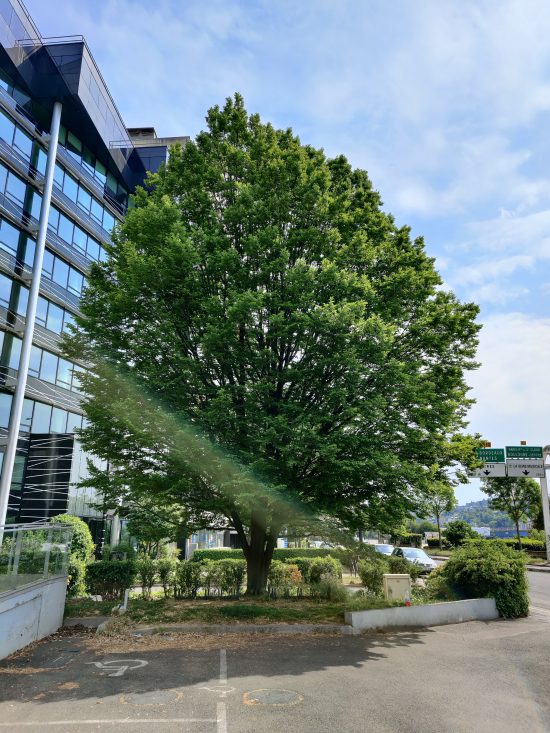














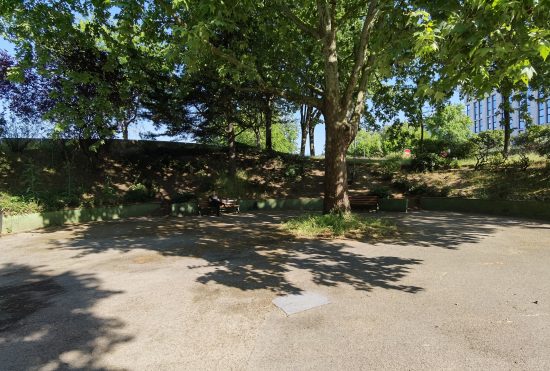



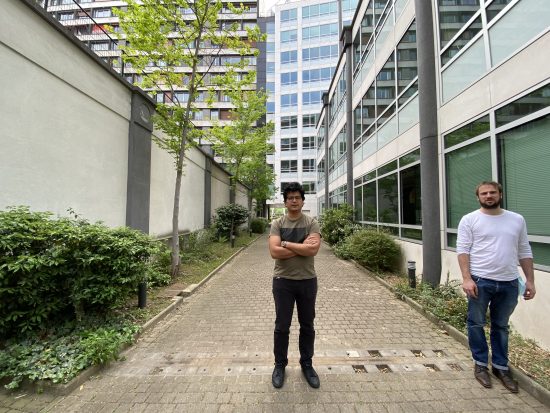







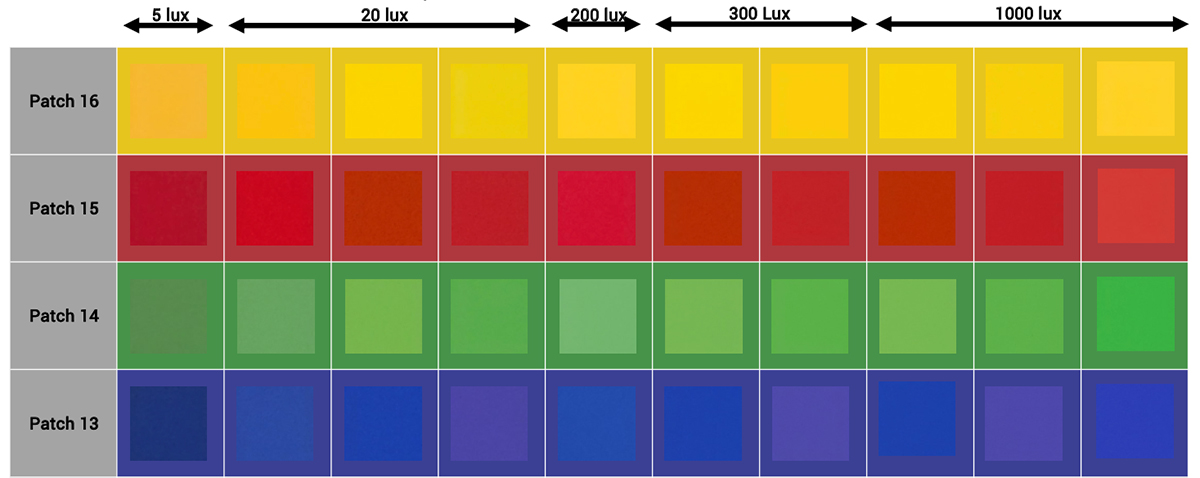
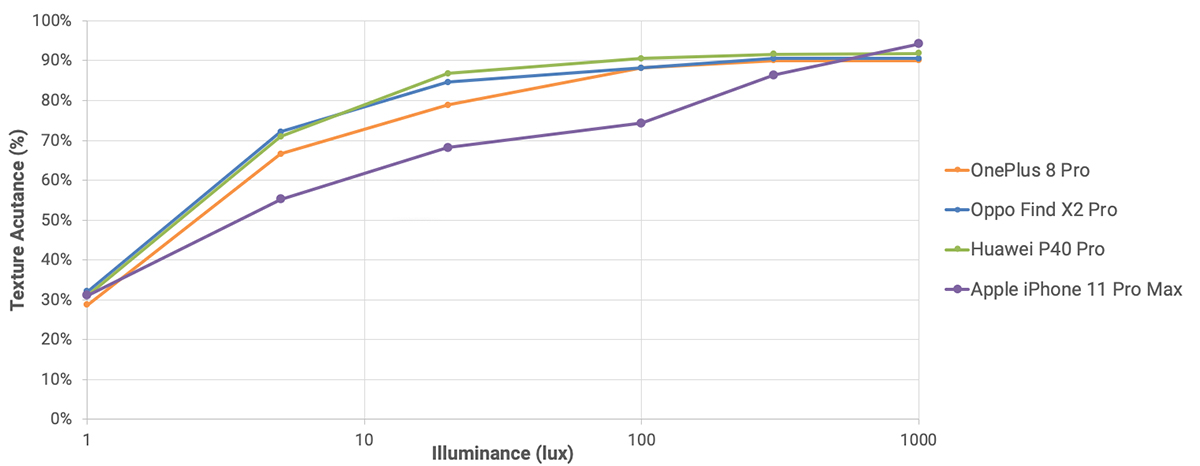
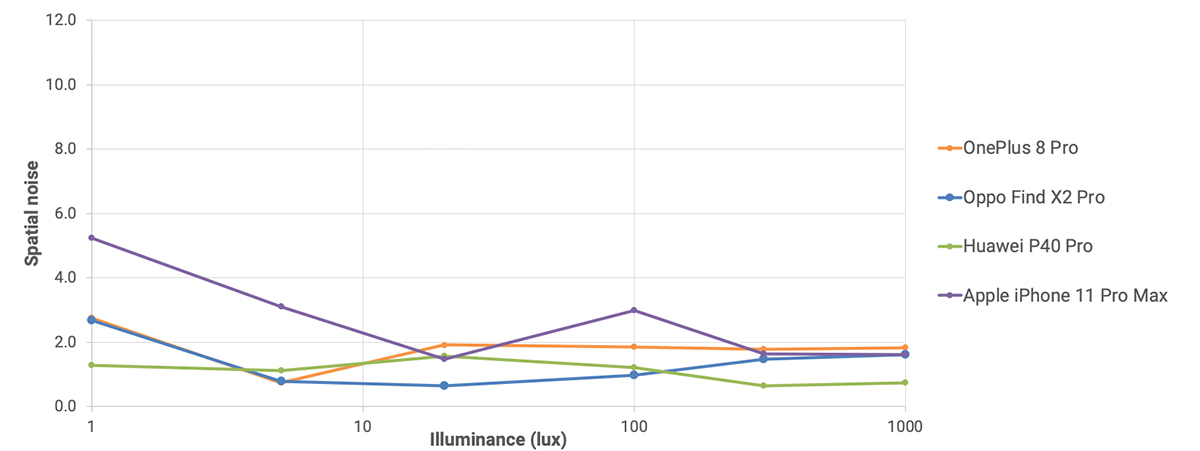
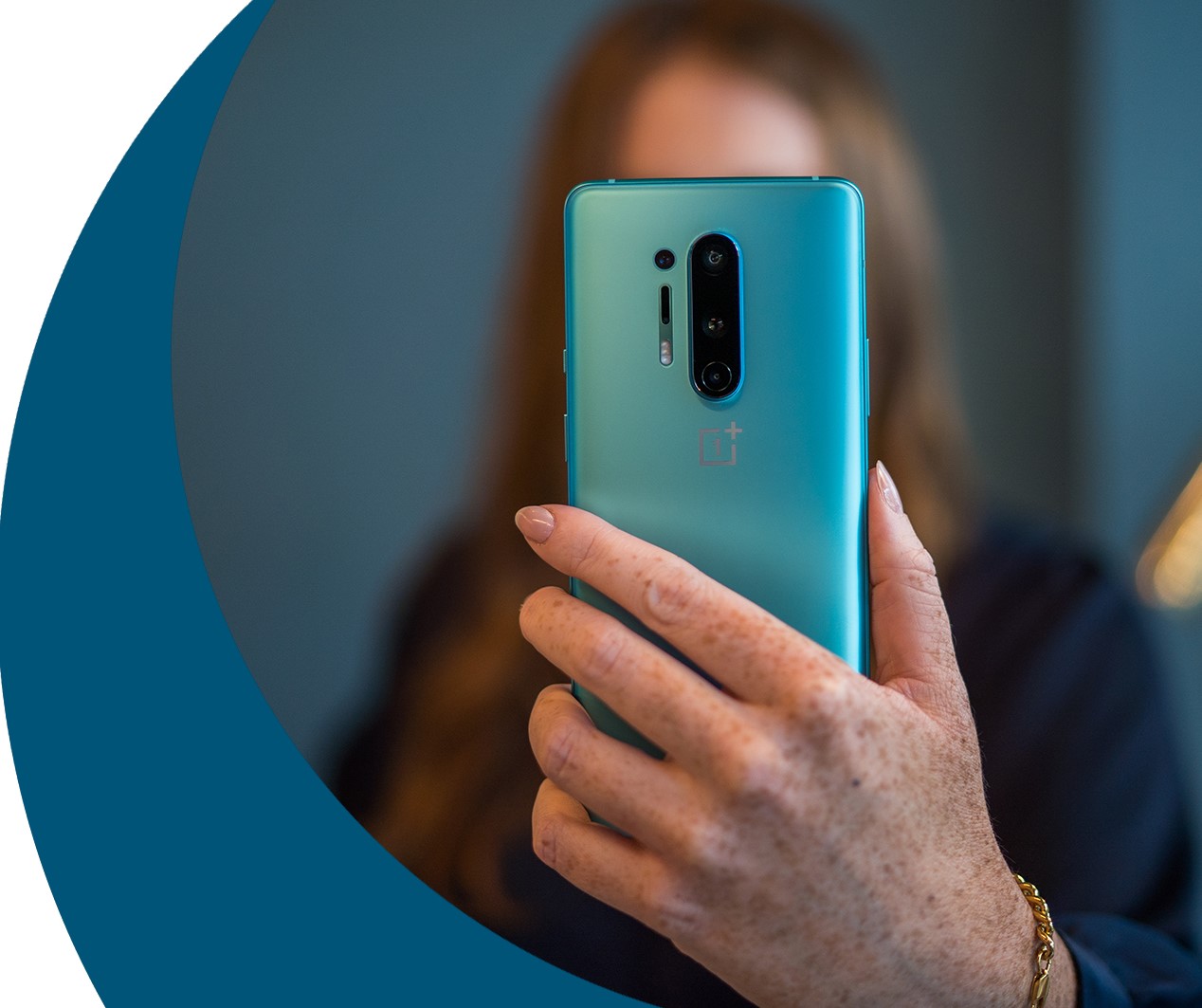



DXOMARK encourages its readers to share comments on the articles. To read or post comments, Disqus cookies are required. Change your Cookies Preferences and read more about our Comment Policy.